Food Support - COFPC Sunday was the big planting at the Eco Centre at Mission Creek park. Elana and Ann are standing in Kelowna's "Food Forest", a planned conglomeration of native and other hardy plants carved out of a weedy forest bed. See more about this cool group that is really doing something for sustainable local food production. Central Okanagan FoodPolicy Council: http://www.okanaganfood.com/2013/09/24/food-forest-installation-part-1-complete/#more-21217 This group is watchdogging agricultural land reserves (ALR) and all kinds of good things relating to local food sustainability.
Strawberry Garlic? I bet you though i had something weirder than my strawberry spinach! This is just me organizing my strawberry plants that had run amock. By digging out and reshaping the row I grow garlic on either side of the strawberry plants once the slightly raised row holds the strawberry plants from getting too buried by my deep mulch process. The garlics, Red Russian and Hungarian Butter, are both hard neck varieties. The hard neck makes it very easy to find them if harvested too late as the stalk stays stuck in the bulb all season.
Potato Pot How easy was that? About a double handful of these tasty morsels can be produced in one 5 gallon pot. Red Fingerling and Black Russian potatoes (purple) are small heirloom varieties not requiring peeling.
Ever fantasized about...all kinds of wet pounding culminating in a frenzy of activity that exceeded the sum of its parts? Hmmmm...me too! Good thing I discovered the Joy of Fermentation....so my fantasy could become reality.
Who knew how fun it could be to ferment veggies. You start with a collection of familiar items...cabbage, carrots, cucumber, kale...chop, dice and slice until you end up with an orgy of colours and flavours in a bowl that you pound and pound until they spew juices filling the bowl with a delicious aroma and a melding that takes on a life of its own.
And why...beyond the obvious desire to mix and mingle juices with others...do you do this?
To create a medley of vegetables that merge forces and ferment into a delicious blend of probiotic goodness in just seven days. You will be familiar with some common fermented veggies such as sauerkraut and kimchee...but did you know you can ferment a variety of veggies in your own kitchen and give yourself life enhancing probiotics naturally and at almost no cost?
http://www.wildfermentation.com/vegetable-fermentation-further-simplified-2/
And while you wait for this delicious activity to unfold...invite a friend, or two, to come over and check out your veggies...
Sprouted Garlic Butter Supreme! (Or...what the lazy gardener can do with garlic harvested really late in september). The very largest bulbs i will keep to replant before deep mulching. Easy-peasy: wash off dirt, cut off root tails, throw in blender with herbs (clockwise-rosemary, sweet and purple ruffle basil, oregano, and sage) and melted butter. Pour into small jars (125ml) for freezing. Or use ice cube trick from previous blog entry. Do ASAP once out of ground. The beautius aroma of that fresh garlic in full genesis should get trapped into the butter quickly. I chose to freeze in jars rather than over heat mixture to sterilize.
Chard Rolls:
Once again, if had only one vegetable i could grow...CHARD would be it! So many ask me what to do with it. In a nutshell i would say "like spinach", and by september the colourful large leaves i love to make chard rolls. Simply cut the spline out and rotate half the leaf slightly overlapping in the middle. This makes a nice sushi kinda mat.
Smear really fat yogurt topped with grated cheezes and pressed garlic. Sprinkle with balsamic and/or herbs....etc,etc,....sky is the limit. Special trick is crush/spread a handful of potato chips. Salt and vinegar or plain, cause most other flavours seem to have MSG. This gives a cool crunch and adds a bit of salt to bring out zest. Especially dependant upon how much garlic you whacked it with.
First, eat a bunch of those tasty liquor filled dark chocolates only to collect the plastic trays bulk amounts come in. The trays are a perfect size for flattening the ziplock bags so they can be stacked effectively in the freezer. Cutup tomatoes to make the skins easy to eat, mix in fresh chopped herbs and garlic, jiggle bag and suck out air bubbles before flattening on chocolate trays. Once Bags are frozen the trays can be reused indefinately. the tomato and herbs retain the best flavor and have less nutritional loss than canning. Merely thaw out and mix in pasta without overcooking. Simple and yummiest!
Garlic Herb Butter Extraordinaire! This tastes exactly like lobster! Yummy! Pre chop garlic and herbs and throw into warm blender with melted butter. Pour into ice cube trays and freeze. Pop out of trays and put into little baggies for small use portions.
There is a delicate balance between predators and prey in the world's ecology, and wasps are part of that balance. They may appear to just be a pest, but they also do a lot of good in keeping other insect pests under control. They are really a gardener's friend. UNLESS THEY BITE YOUR ASS! For most of the year we are not particularly aware of the wasps around us, it is only at the end of the season when they become a nuisance. A knowledge of the wasp's life cycle will help understand this. Mated queen wasps hibernate during the winter and emerge in spring. The queens find suitable nesting sites and begin to build a nest out of a form of paper, made from chewed wood fibres. During this time they will visit flowers and feed on nectar -- this is the one time when wasps are pollinators. The queen lays eggs and feeds the larvae on insect prey. The insect bodies are chewed into a liquid which is fed to the grubs. When these first worker wasps emerge they take over most of the queen's duties, except for egg laying. Wasp colonies rapidly increase in size and in just a few weeks populations of 20,000 are quite possible.
Adult wasps feed on nectar or anything sugary. They feed their larvae on insect prey and the larvae exude a sugary liquid on which the adults feed. They are more beneficial to us than people realise: one worker wasp can collect over 100 aphids a day.
At the end of the season, the colony will produce drone wasps and new queens. They go off to mate and for the queens to find somewhere to hibernate. The old queen stops laying, and this is where the nuisance phase starts. No eggs means no larvae; and no larvae means no sugary feed. The wasps have to find alternative sources of food such as ripening fruit, jam, and beehives for the honey.
When the cold weather comes, all of the wasps will die, except for the hibernating new queens.
Tomato seed harvest #3 Merely smack down the filter onto your paper, spread around and allow to dry naturally. I make a book each year of seed pages. In spring just scrape as many seeds as you want. Easy-peasy!
|

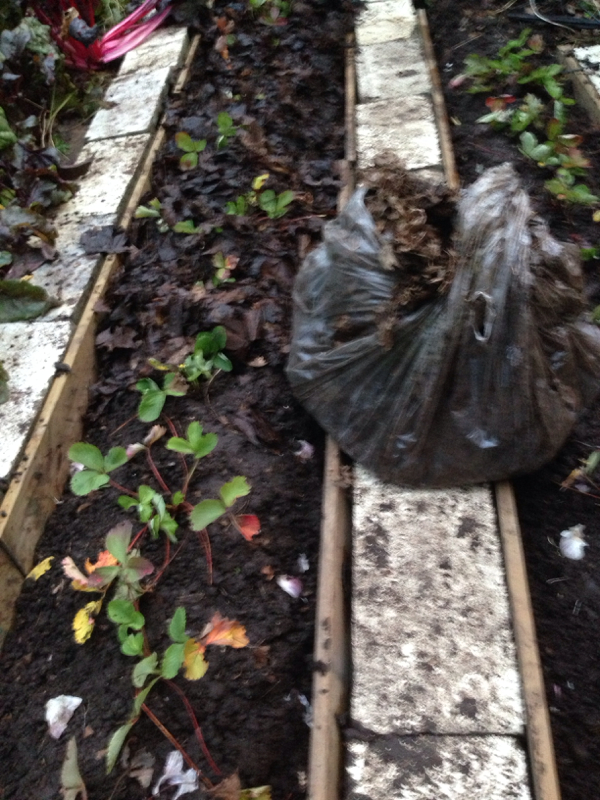


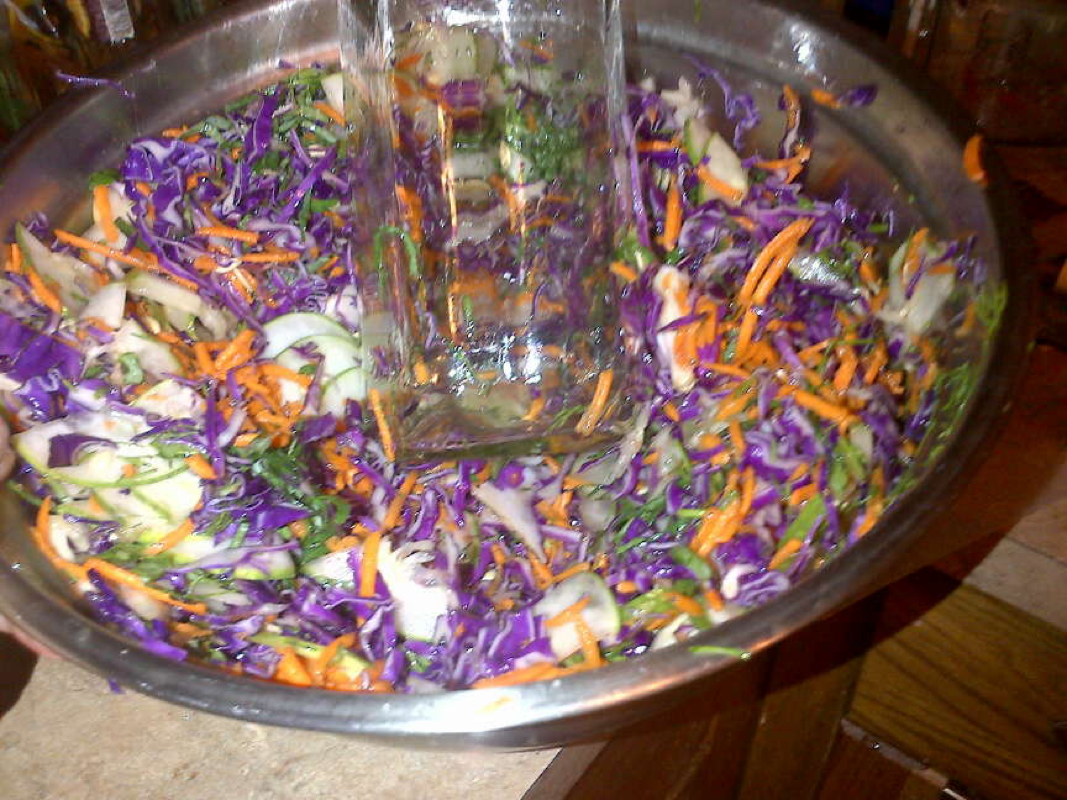
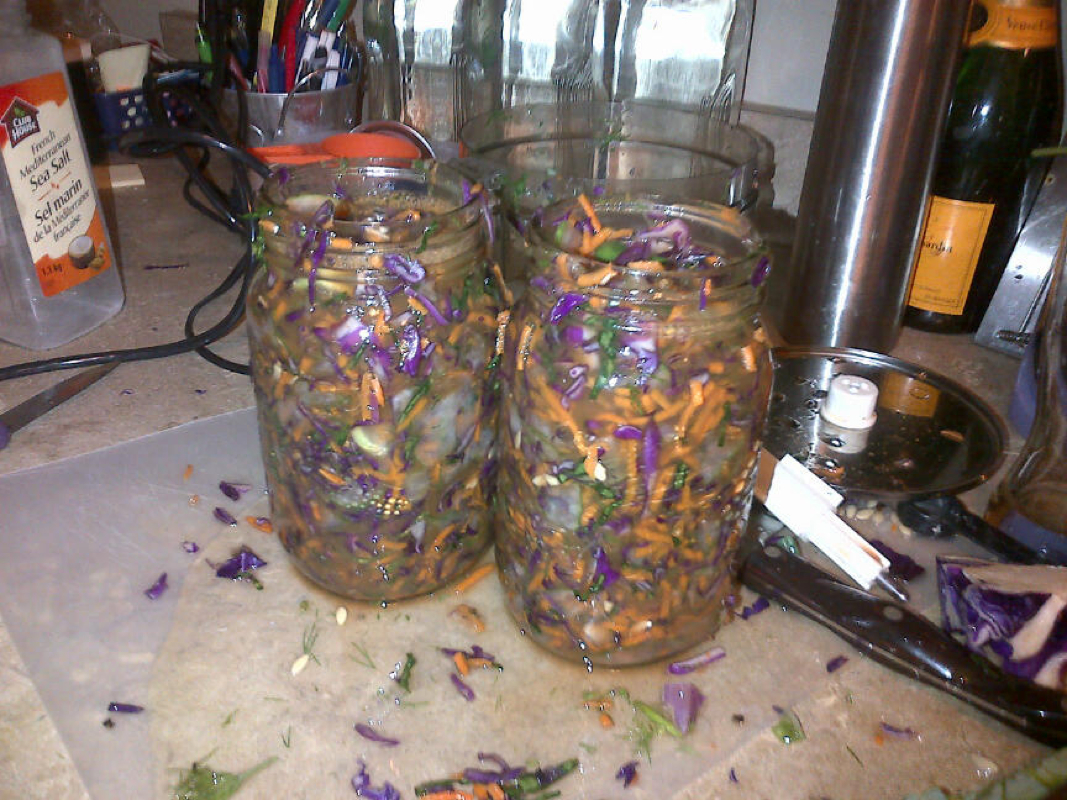
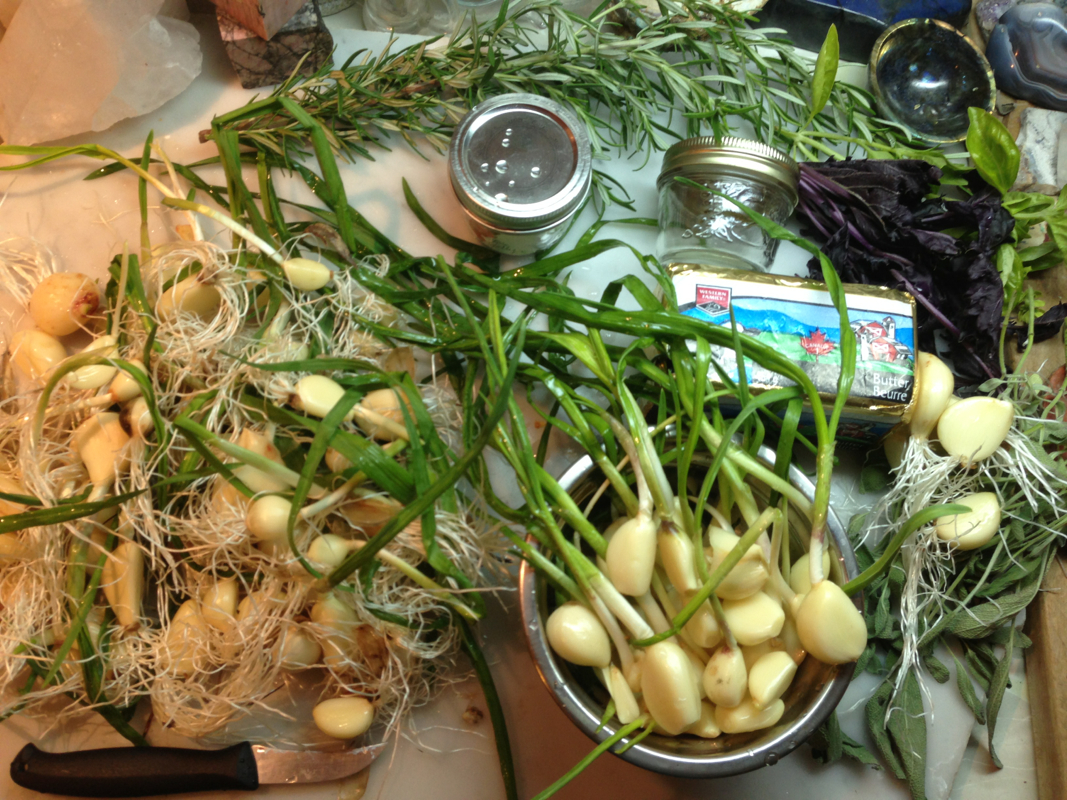
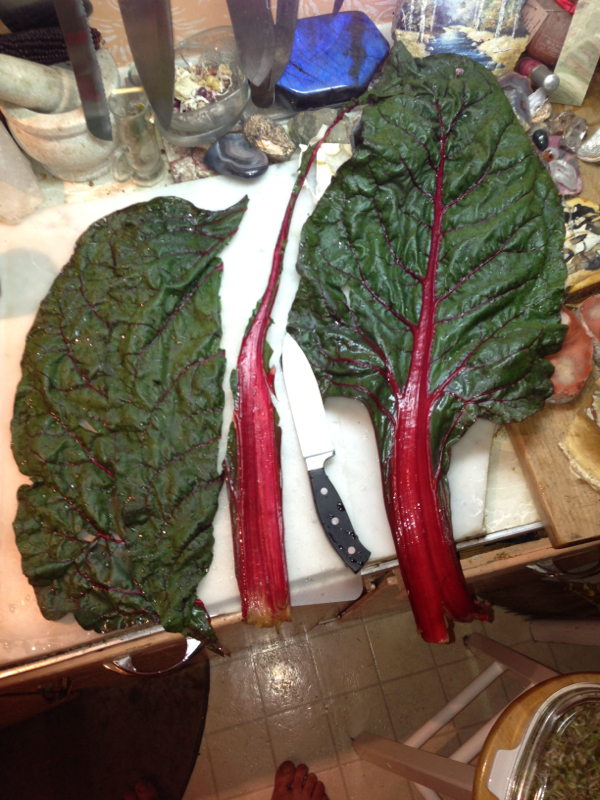

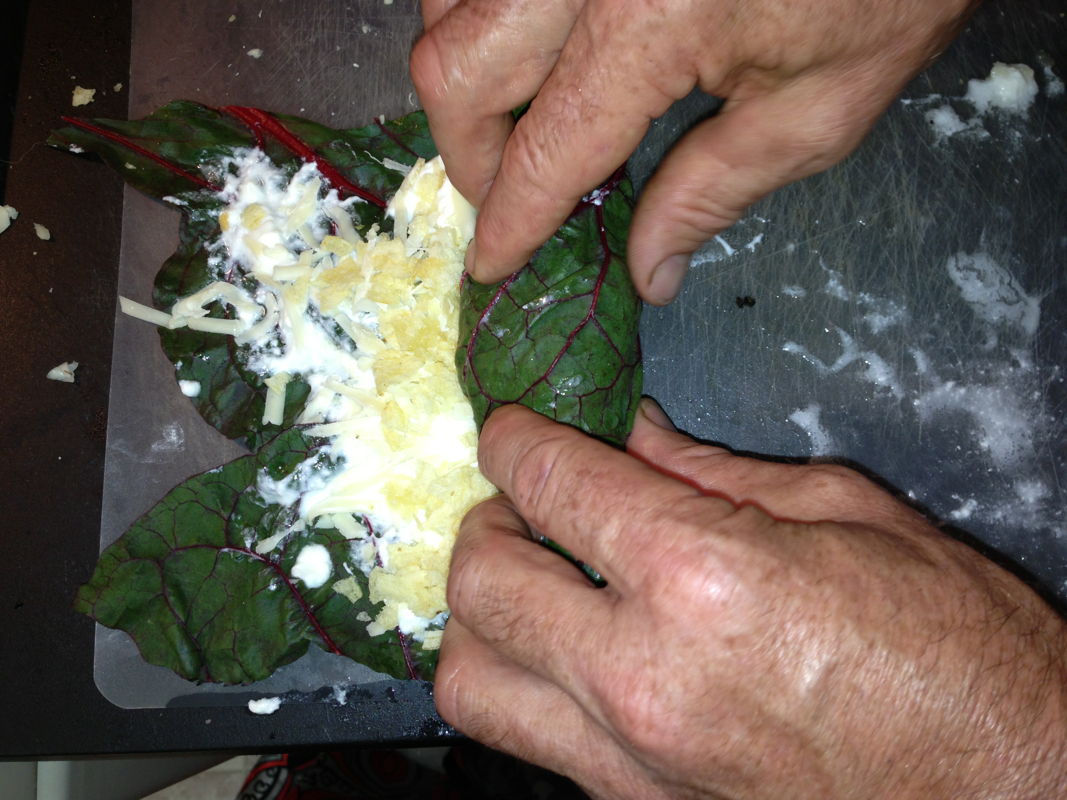

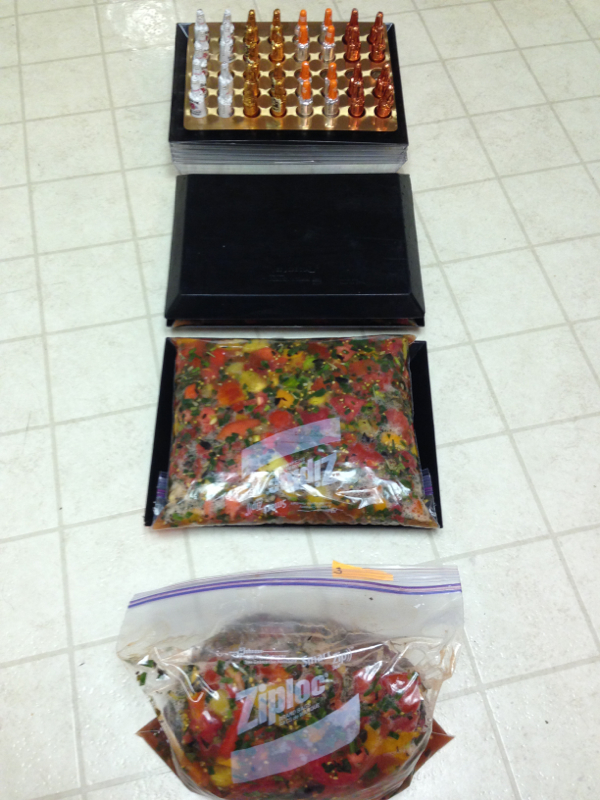
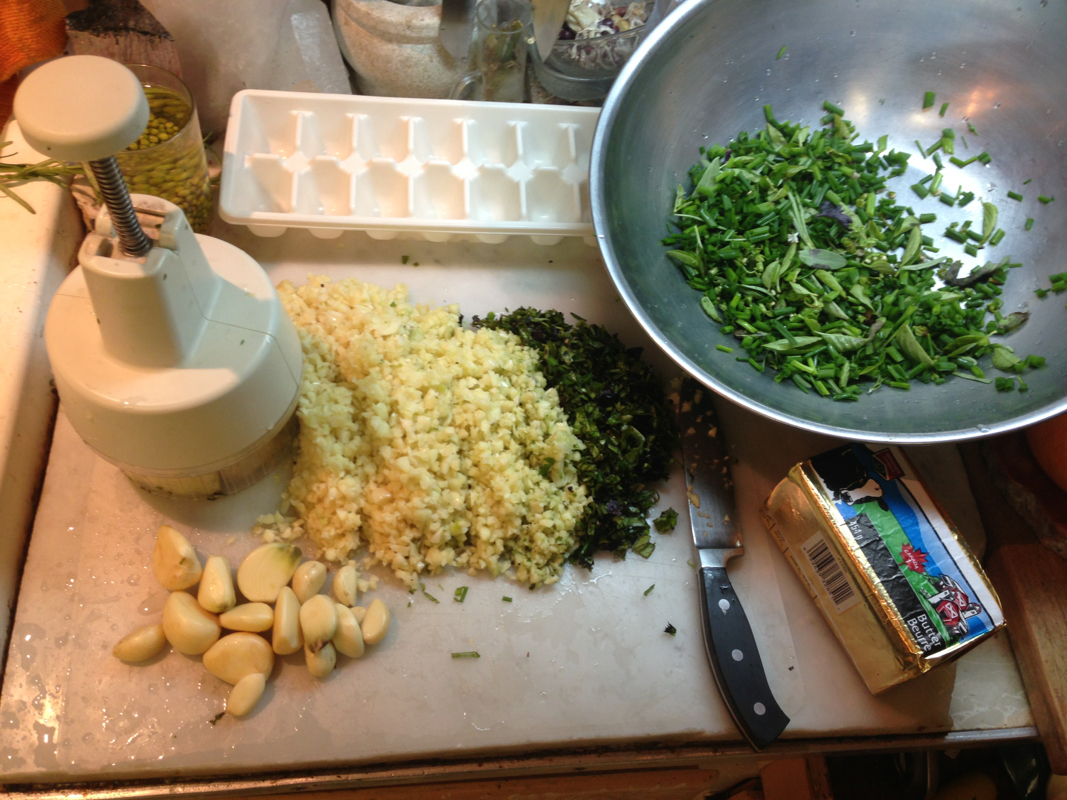
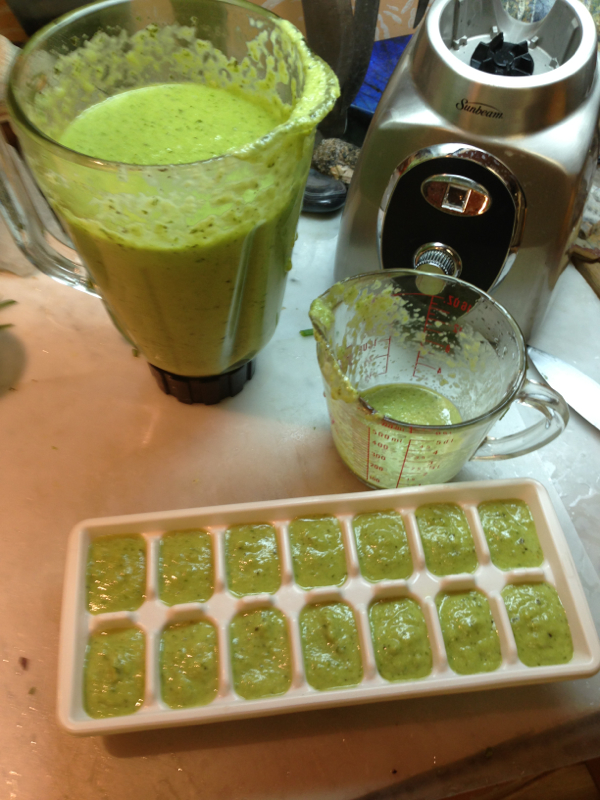
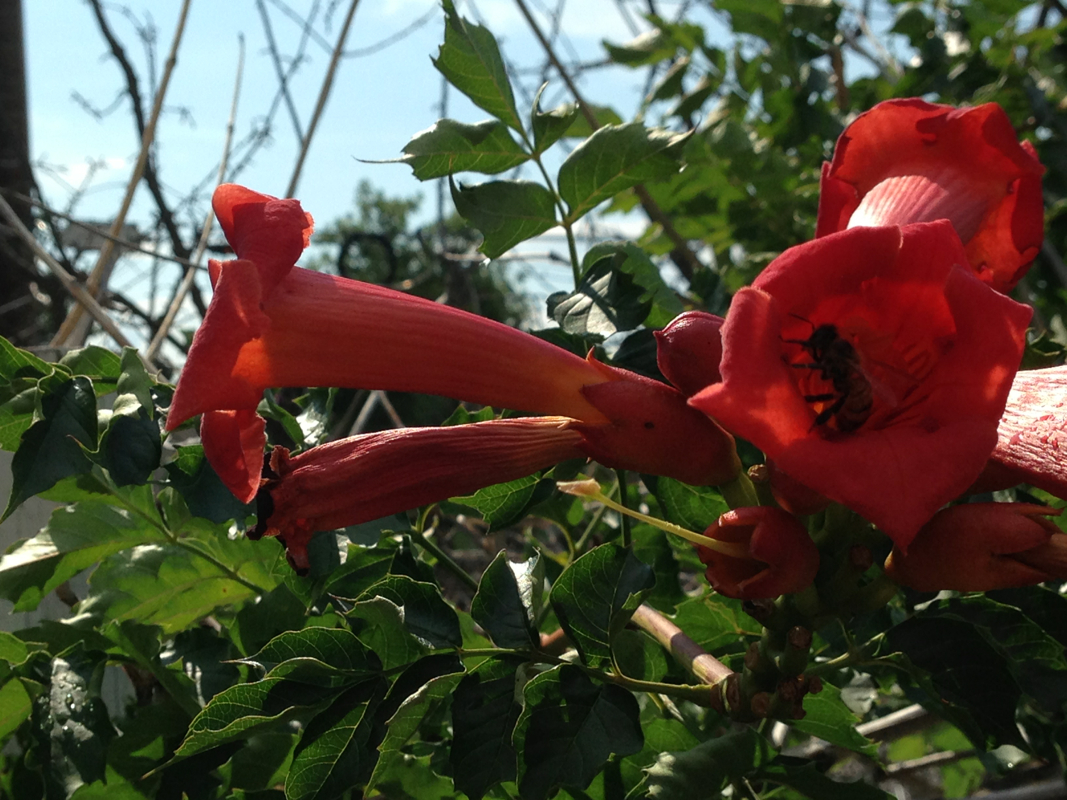
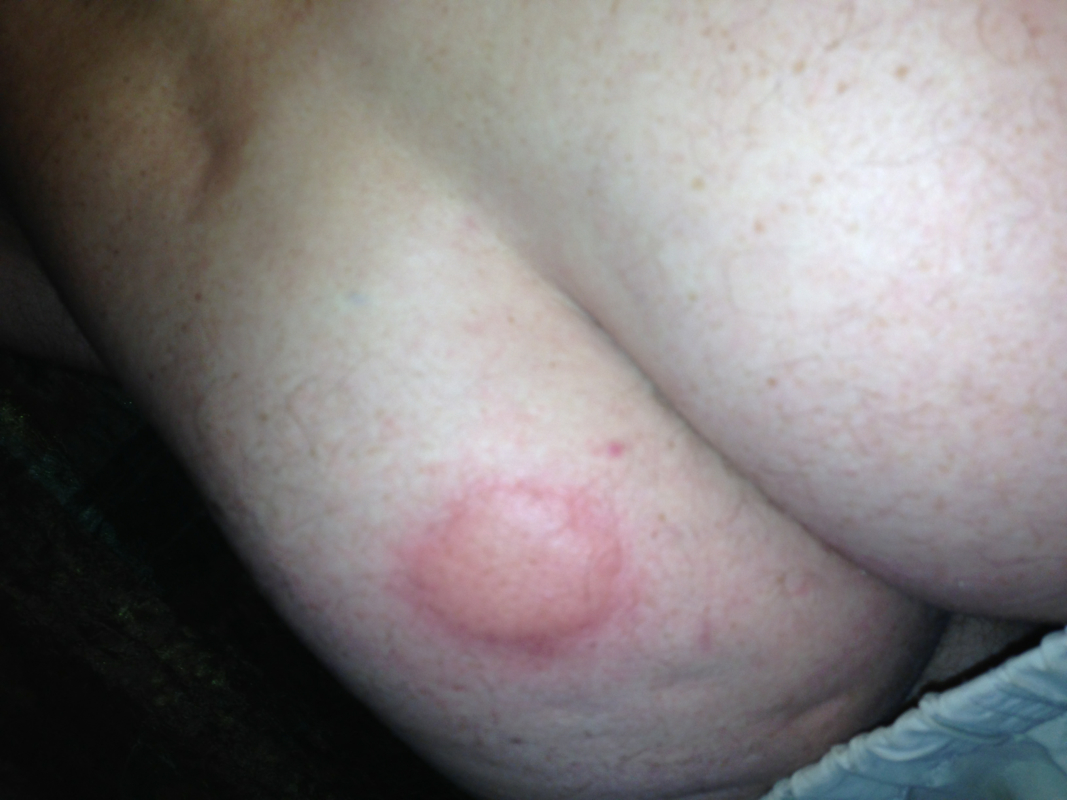

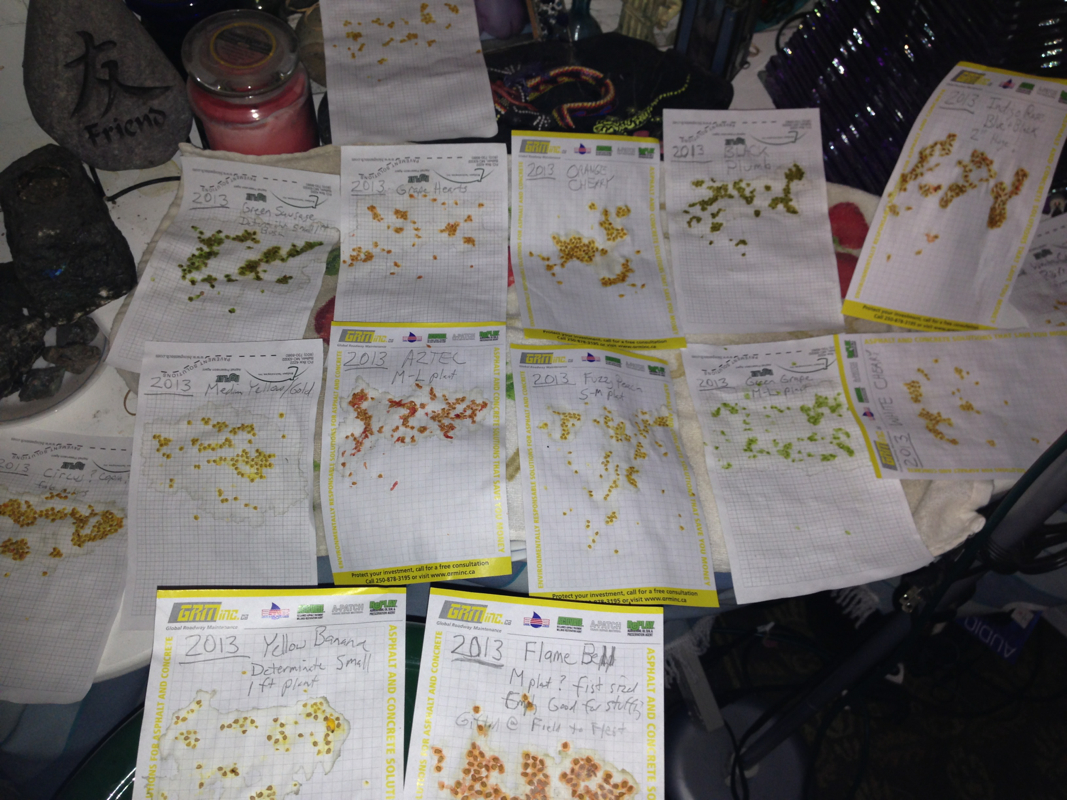
 RSS Feed
RSS Feed